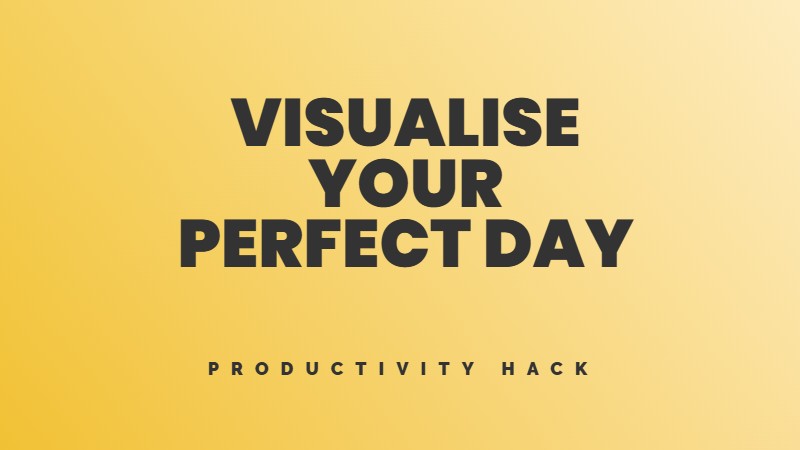I once watched my six-year-old nephew have a complete meltdown over a broken toy car.
His parents tried everything: they offered to buy him a new one, attempted to distract him with other toys, and even explained how the wheel could be glued back on. Nothing worked. Then his grandmother sat down beside him, looked at the car, and said, “You really loved that car, didn’t you?”
He nodded, still crying.
“And now it’s broken. That’s so disappointing.”
He nodded again, his sobs quieting.
“It’s okay to feel sad about it.”
With that simple acknowledgment, his breathing steadied. Ten minutes later, he was playing with something else, the crisis resolved not through fixing or distracting, but through the simple act of validation.
What I witnessed that day wasn’t just good grandparenting. This skill has a name: validation. And it’s the closest thing we have to emotional magic.
How to make someone feel seen and heard
Think about the last time you shared something personal and felt truly understood. Not just heard, but understood. That feeling of connection happens through validation, a skill that builds trust, cuts through conflict and creates genuine bonds.
Validation shows someone “you’re there, you get it, and you care.” It’s not about agreement or flattery. It’s about accepting someone’s experience as real and meaningful.
Want to become better at making others feel seen? These practical skills will help you become that person others trust with their thoughts and feelings.
What validation really means
Many people misunderstand validation:
Validation means accepting someone’s experience without judgment. You honour their thoughts and feelings as legitimate, even when you don’t share them.
The power of making someone feel seen
When you validate others, you:
The best part? These aren’t inborn talents. Anyone can learn them through practice.
Three levels of validation skills
Think of validation as a ladder with three levels. Each step up takes more skill but creates deeper connection:
Level 1: Show you’re present
The first level uses two fundamental skills:
Attend: Pay full attention through:
When someone speaks, ask yourself, “What’s the best version of their point?” and “Why does this matter to them?” This forces you to listen fully.
Copy: Mirror their words or body language:
When someone says, “That meeting was so frustrating,” simply respond, “Frustrating…” This small reflection shows you’re listening.
Level 2: Show you understand
Contextualize: Point out when someone’s reaction makes sense given their situation: “Since you’ve been burned by bad investments before, I get why you’re hesitant about this opportunity.”
Equalize: Show them their reaction is normal: “Anyone in your position would feel overwhelmed by that deadline.”
Propose: Suggest what they might be thinking or feeling: “I bet you’re wondering if all this work is going to pay off.”
Level 3: Show you care
Take Action: Do something that helps them:
Emote: Express your genuine feelings about their situation: “I’m so angry they treated you that way.”
Disclose: Share your own similar experiences: “I went through something like that last year. The uncertainty was the hardest part.”
Validation in real life
With your partner
When your partner is upset about a work situation, don’t jump straight to solutions. Try: “I know how much that project means to you. I’d be disappointed too if my work wasn’t recognized.” (Contextualizing)
Then ask: “What would help right now? Would you like me to just listen, or should we talk through some options?” (Taking Action)
With your child
When your child is upset about losing a game, resist saying “It’s just a game.”
Try instead: “You worked so hard practicing. I understand why you feel sad about not winning.” (Equalizing)
Then: “When I lost my championship game in high school, I felt just as upset.” (Disclosing)
At work
When a coworker seems down about their presentation not going well: “I saw how much research you put into that. The executive team is tough on everyone, not just you.” (Contextualizing and Equalizing)
Practice often
Begin with the easiest skills (Attending and Copying) until they feel natural. Practice with:
The most powerful part of validation is that it works even when you disagree with someone. You can honour their feelings while still maintaining your own viewpoint.
By making others feel truly seen and heard, you build the kind of connections that transform relationships. These moments of validation often matter more than grand gestures—they show that in a world full of distractions, you’re willing to stop and truly see the person in front of you.




Giv feedback om dette